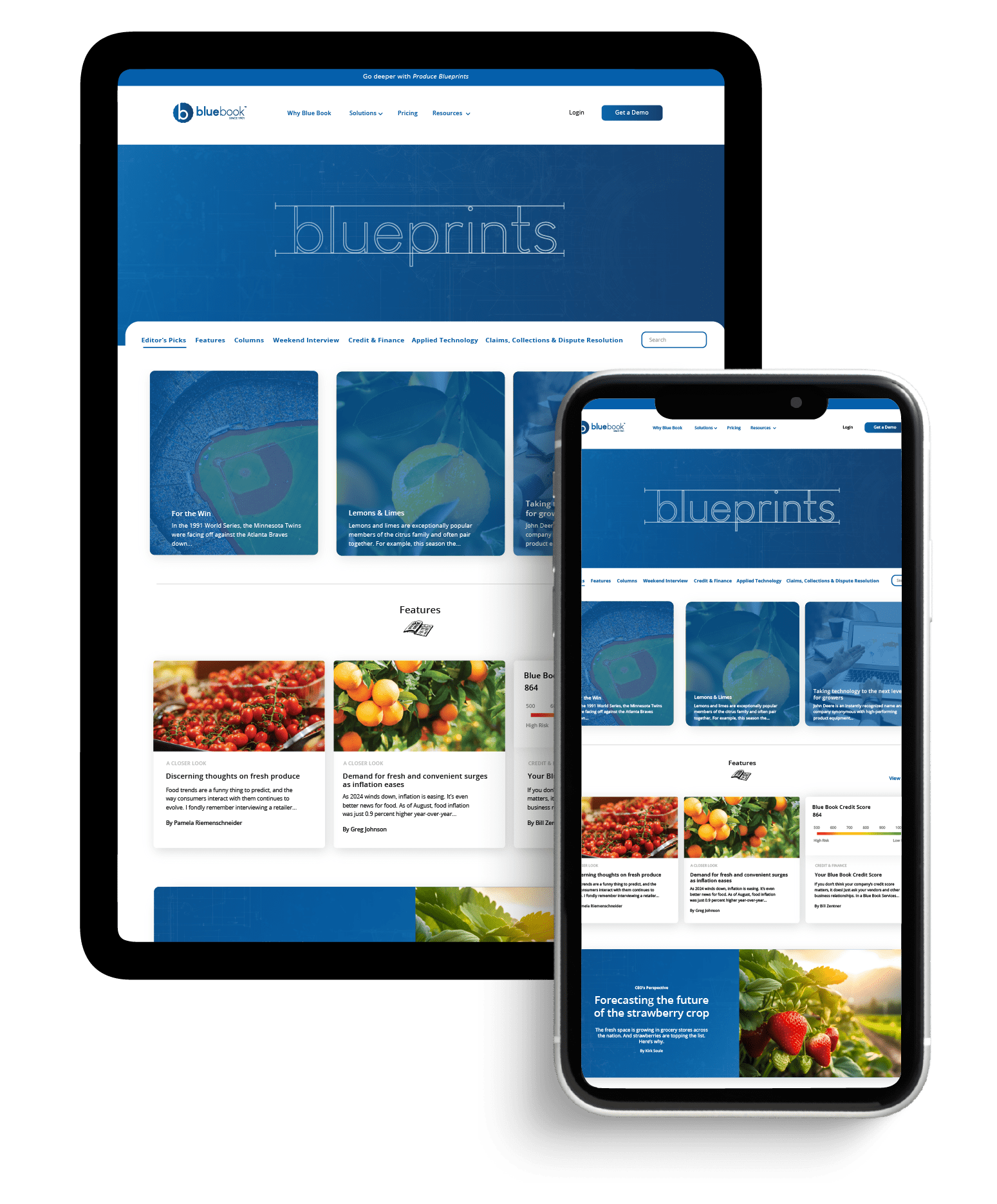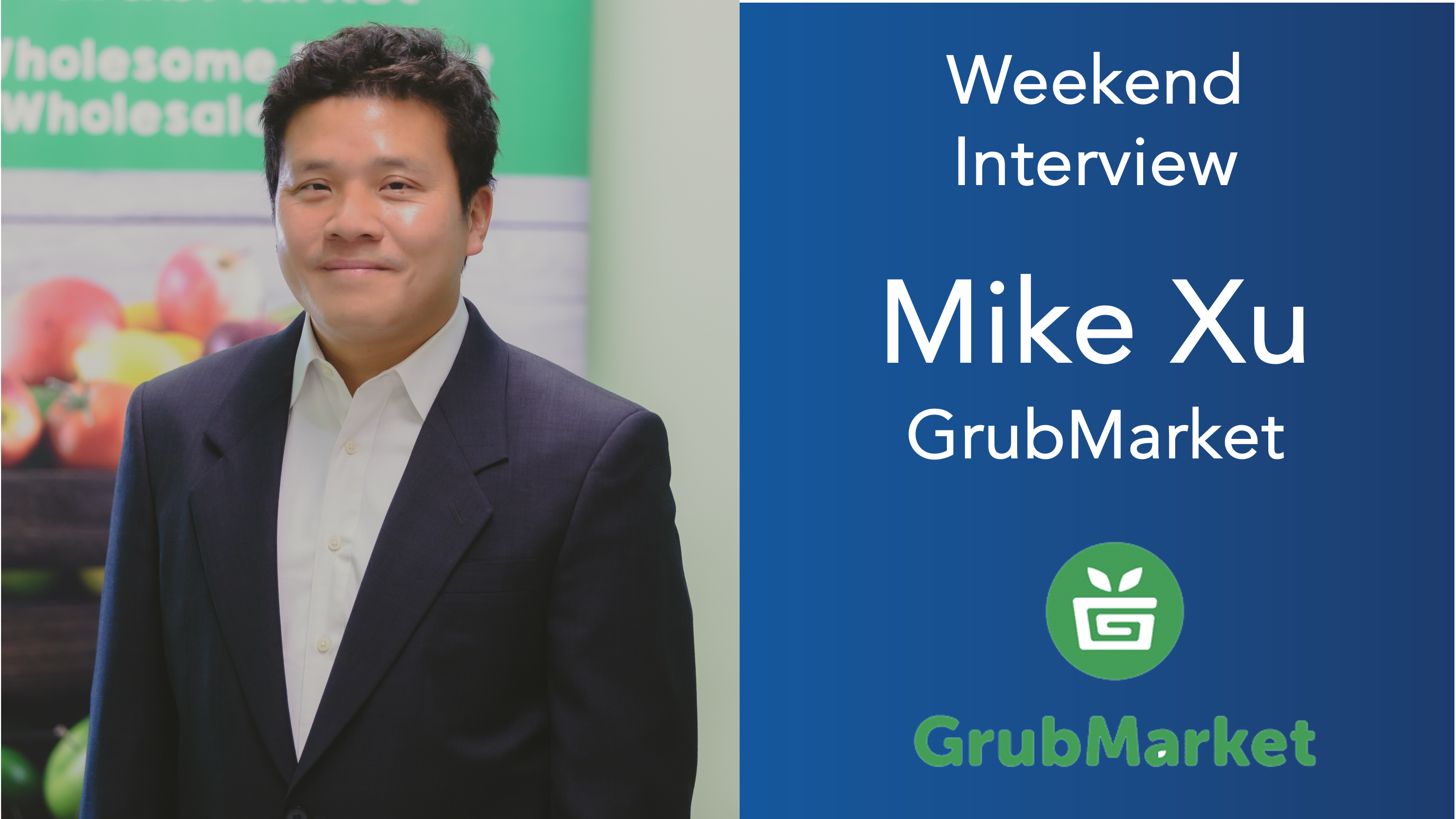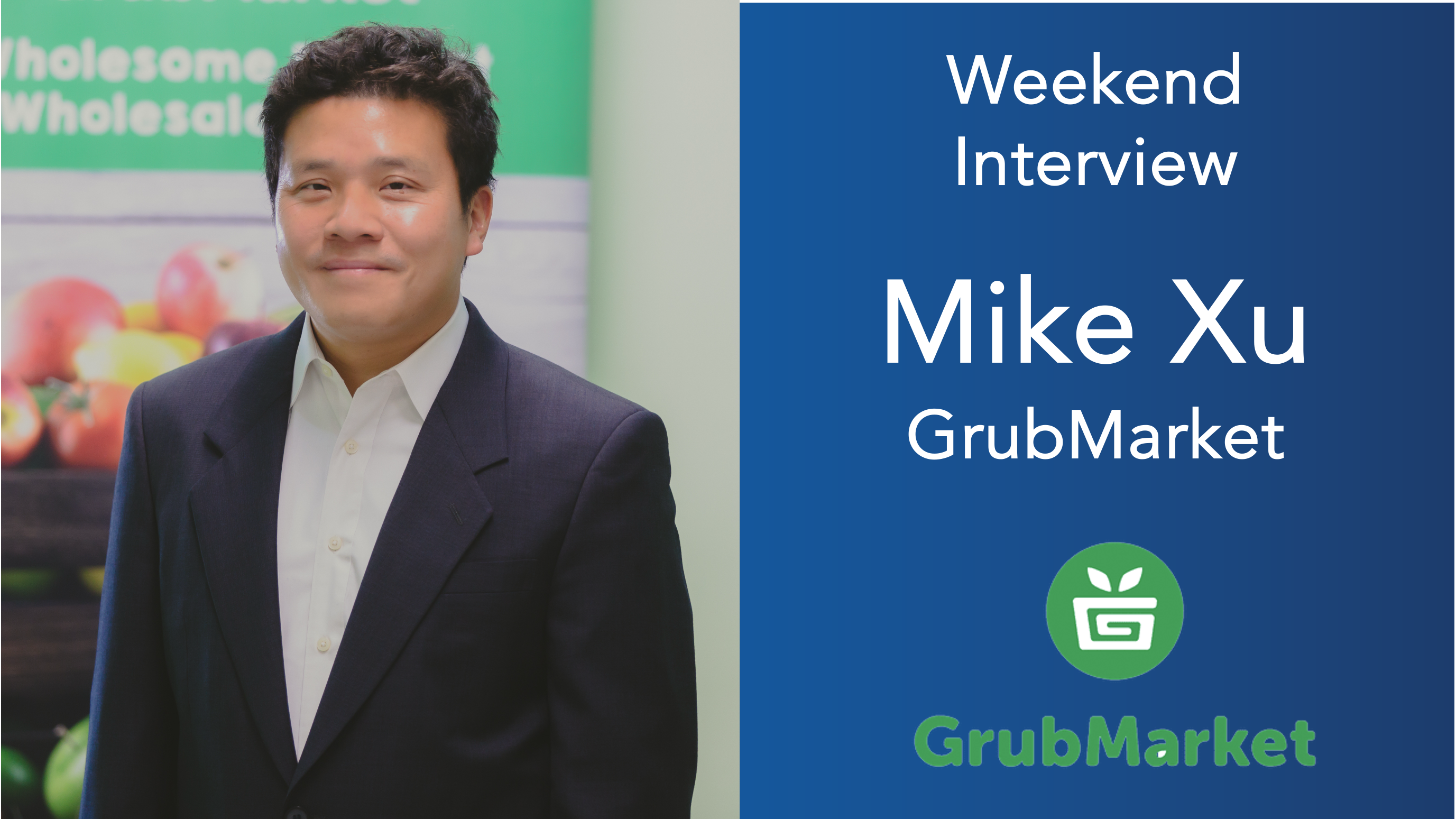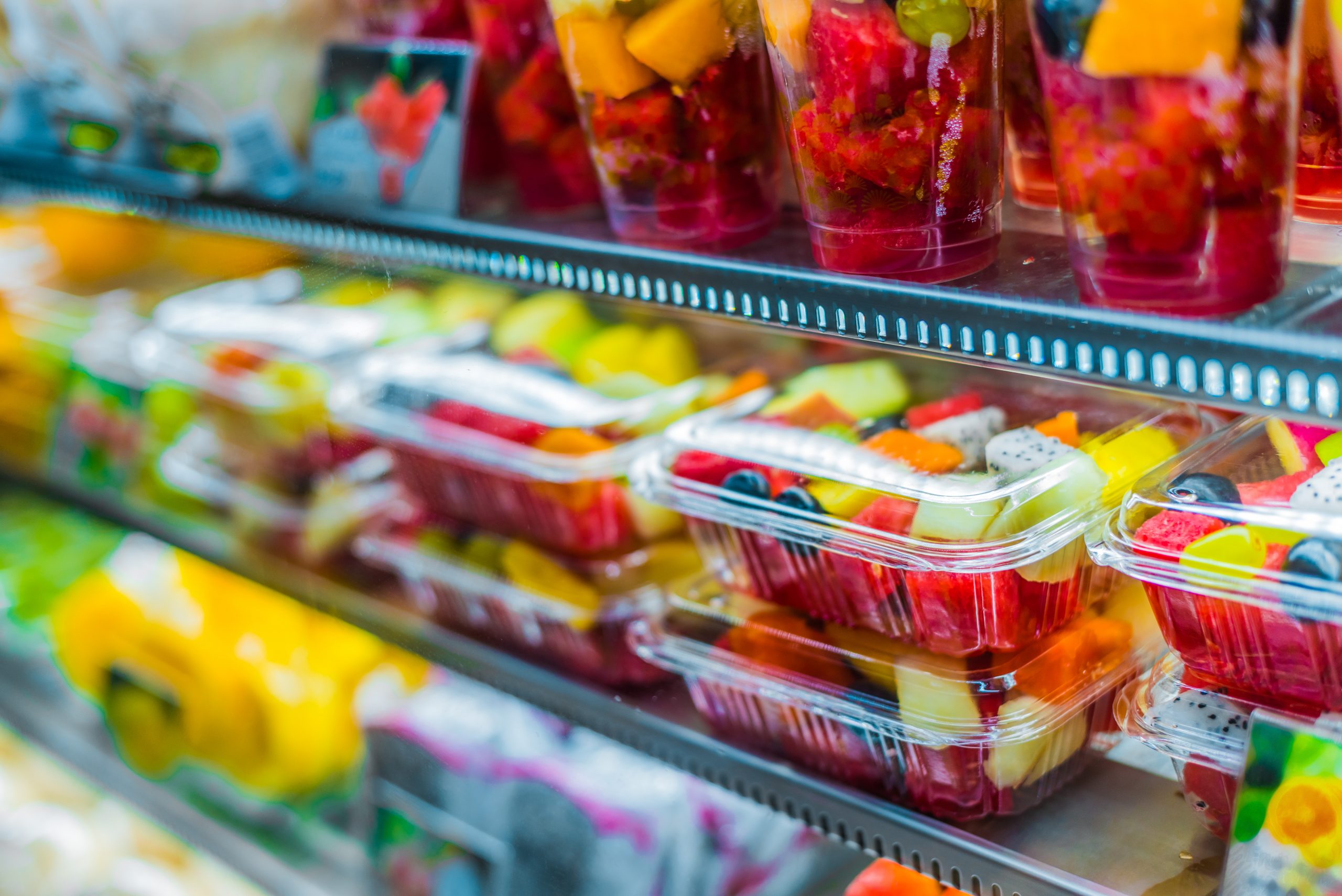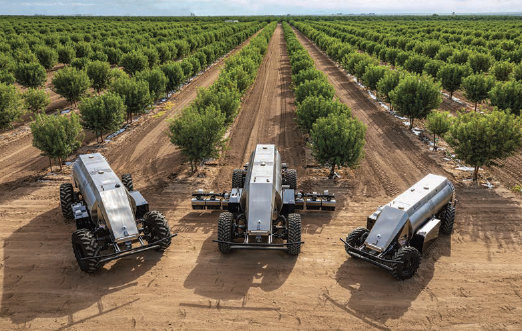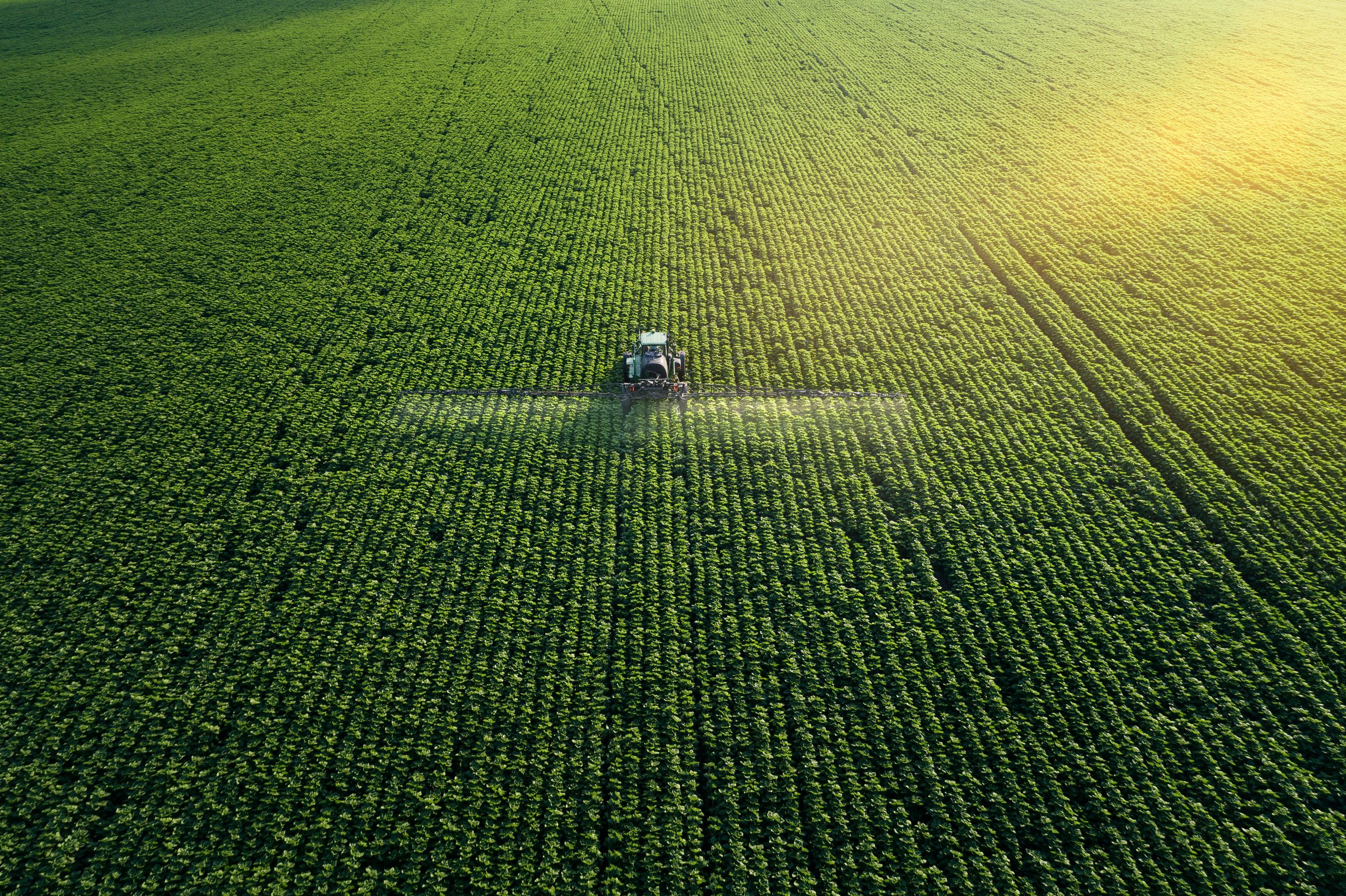Welcome to Blue Book!
Are you ready to join the thousands of companies who rely on Blue Book to drive smarter decisions? View our plans and get started today!
Still have questions? We’d love to show you what Blue Book can do for you. Drop us a line– we’ve been waiting for you.
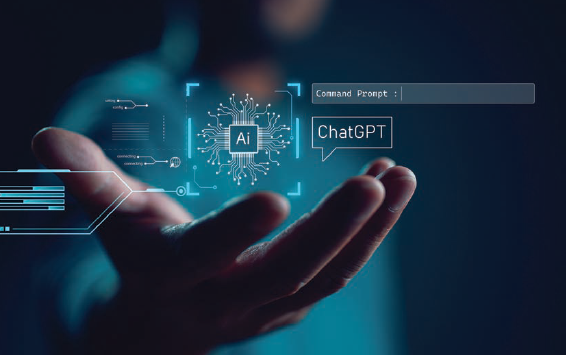
In this article
In simple terms, AI may seem the stuff of science fiction; to fruit and vegetable marketers, on the other hand, ChatGPT and other such AI algorithms have become essential tools that streamline complex processes and create efficiency in a brutally competitive business landscape.
The advantages are compelling, but only if AI is used correctly, marketers say.
“As digital marketing strategies continue to impact sales and consumption, our job is to employ algorithms used in programs such as ChatGPT, Tastewise, and Adobe to keep up with trends and impact the content pushed on to social channels,” explains Melinda Goodman, president of FullTilt Marketing BB #:354985 in Minot, ND.
From receiving inspiration to identifying unique approaches, this development has proven to be useful in ideation and creative thinking, Goodman adds. “Beyond developing new strategies, AI has changed the way and speed in which we analyze data. Programmatic advertising has transformed reach and led to higher impressions and a return on investment.
“Behind the scenes, we’re privy to how the digital landscape has transformed, and most importantly, are discovering ways to improve messaging and identify common themes that resonate within our B2B and B2C audiences.”
Choosing the Right Tools
Produce marketers generally tap into a subset of AI known as Generative AI or GenAI, notes Charles Boicey, chief technology officer with Blue Book Services, who also teaches analytics in the Applied Health Informatics graduate program at Stony Brook University.
“Unlike traditional AI, which might categorize or predict based on existing data, GenAI can produce new data,” Boicey points out. “For example, it can generate text, images, music, or even videos. Think of it as an artist creating a new painting or a writer coming up with a new story.”
Produce marketers can use GenAI to create content for consumers of any educational level, Boicey says.
Examples include creating simple and engaging fruit or vegetable stories with basic vocabulary to appeal to young consumers, or for adults, more sophisticated content such as research about cultivation, varieties, harvest techniques, and more.
Boicey says this includes an array of colorful visual aids and detailed statistics and data models. Bottom line, AI can create content to fit any age consumer or audience.
A Hypothetical AI Project
As an example of how marketers can harness AI to help with their jobs, Boicey used GenAI to create an apple-themed marketing initiative. “First we start with a text-based or speech-based prompt,” he says, to provide direction.
He based his project on the following prompt: “Let’s assume I am the best grower of Honeycrisp apples in the USA. Create a marketing campaign and then text for a full-page ad that will be placed in the Blue Book periodical Blueprints.”
The application spat out a Honeycrisp marketing plan called, “Crisp Perfection from the Best,” in about ten seconds.
“Taste the Difference with the Best Honeycrisp Apples in the USA” was the tagline. The content further defined the target audience as consumers who appreciate premium quality produce, grocery store buyers, and health-conscious individuals.
Marketing and key messaging
Next came information on the appropriate marketing channels, which included print ads in agricultural and food industry periodicals, social media campaigns, influencer partnerships, and in-store promotions.
The AI marketing plan then defined its “Key Messages” as follows: 1) Quality—emphasize the superior quality and taste of your Honeycrisp apples; 2) Freshness—highlight the freshness and meticulous care in growing and harvesting; 3) Reputation—leverage your status as the best grower in the USA to build trust and credibility; and 4) Health Benefits—promote the health benefits of Honeycrisp apples, including high fiber content and essential vitamins.
For the full-page ad for Blueprints, the AI plan included the headline “From the Best Grower in the USA” with “Experience crisp perfection with our Honeycrisp apples” underneath. It also included high-resolution images of Honeycrisp apples in various settings—on the tree, being harvested, in a basket, and sliced to show the juicy interior.
The content linked the apples to a specific grower and included mentions of quality, local origin, awards, and health benefits.
There was also contact information, website and social media links, as well as a call to action: “This marketing campaign and full-page ad aim to highlight your superior product quality, build your brand reputation, and encourage both consumers and buyers to choose your Honeycrisp apples.”
Building the visual components
The AI content also mentions the importance of visual components.
“For the Honeycrisp apple campaign, compelling and visually appealing images can greatly enhance the impact of your marketing materials,” proposing image ideas such as closeups of whole apples that show off “vibrant red and yellow hues,” plus slices with “juicy, crisp texture and fresh appearance.”
There are also scenes of workers picking Honeycrisp apples by hand, with baskets and crates filled with freshly harvested fruit. Orchard images feature what the marketing plan calls “wide-angle shots of lush, well-maintained apple orchards” to demonstrate the scale and beauty of the purported operation.
Other images capture what are deemed as “seasonal” colors, the fruit’s path from farm to consumer, store displays, and consumption via snacking, picnics, grab-and-go, and kitchen preparation of meals, salads, and desserts.
Images also highlight sustainable farming practices, such as eco-friendly pest control methods or renewable energy use in the orchards; workers, showing “the human element and community” behind production; and even health benefits, such as a consumer having an apple after a workout or during a healthy breakfast, Boicey says.
Strengthening the brand
There are branding elements too, including creative images featuring farm logos on crates, labels, or packaging materials noted in the marketing plan.
“By incorporating these types of images into a campaign, you can create a visually rich and engaging experience that effectively communicates the quality, care, and appeal of Honeycrisp apples.”
All in all, a thorough and impressive sampling of what GenAI is capable of producing in seconds, with minimal prompting.
The material would still need refinement to meet specific needs, and of course, should be reviewed by a human for fact-checking and accuracy.
There’s no doubt GenAI can be helpful, yet marketers note programs such as ChatGPT and Co-Pilot are merely tools and can’t supplant human effort.
Helpful, Not Standalone
There’s no doubt GenAI can be helpful, yet marketers note programs such as ChatGPT and Co-Pilot are merely tools and can’t supplant human effort.
“We might occasionally use it to generate a template for recipe ideas, social media, or blog posts, but I find that Chat GPT is very obvious, so we always reword it,” explains Amber Maloney, marketing director for berry grower-shipper Wish Farms, Inc. BB #:111764 in Plant City, FL.
“We pride ourselves on being a company with a face behind the produce—it’s important that our content is authentic,” she says.
ChatGPT is often a good starting point, observes Nick Wishnatzki, public relations manager at Wish Farms. “I sometimes use ChatGPT when I’m trying to help jumpstart or generate some ideas; it can also be helpful when trying to get a template for something specific.”
But it’s crucial not to depend on AI too much, he emphasizes. “I try not to lean too heavily on it, as it has a tendency to sound inauthentic, as well as hallucinate on some facts.”
Strategies and approaches
For marketing strategy purposes, Wish Farms uses a software tool that monitors its brand online, as well as berry usage and feedback, Wishnatzki says. “This helps us make decisions on future campaigns and stay on top of trending activity.”
A number of GenAI applications are part of the marketing toolbox at Vancouver, BC-based grower-shipper Oppenheimer Group (Oppy) BB #:116424, according to Karin Gardner, vice president of marketing.
“The Oppy team employs such tools as ChatGPT and Co-Pilot to refine writing projects, as well as Midjourney and Adobe Firefly to inspire graphic design and branding ideas.
“ChatGPT works well when you’d like to repurpose an existing piece—like reframing a marketing message that conveys the features and benefits of an item to a produce buyer, to make it compelling and relevant to a consumer,” she says.
Despite a few shortcomings, FullTilt’s Goodman believes AI apps have earned their place as legitimate contributors to marketing strategies.
“AI has made its mark, taking center stage in strategic conversations,” she observes. “Marketing and AI go hand-in-hand, empowering all levels of the totem pole to improve their productivity and creativity.”
She believes marketing professionals have overwhelmingly recognized AI’s ability “to enhance personalization, optimize campaigns, and provide data-driven insights that drive more effective strategies and better customer engagement.”
“It’s important for me to say this: AI is a tool in the toolbox but doesn’t make decisions or know your business like you do. It’s great for thought starters but important to use together with a human brain.”
Refining the toolbox
Brianna Shales, marketing director for Wenatchee, WA-based tree fruit grower-shipper Stemilt Growers LLC BB #:113654, agrees. “We utilize AI tools extensively in Stemilt’s marketing department, especially for ideation and on the production side of marketing like graphic design and photo and video editing.”
In one sense, it’s about efficiency, Shales notes. “There are many AI tools that integrate with existing software to help streamline tasks previously done manually.” She says ChatGPT-type tools can be helpful in brainstorming promotion themes, ideas, taglines and more.
“It’s important for me to say this: AI is a tool in the toolbox but doesn’t make decisions or know your business like you do. It’s great for thought starters but important to use together with a human brain,” she stresses, “and the reason why you’re doing something in the first place.”
Shales notes that Stemilt has used ChatGPT, Ideogram, Midjourney, Genny, and many of the AI features in common design tools like Adobe, Davinci Resolve, and Canva.
While users may experiment, Goodman believes most will stick to what they know. “Whichever platform you use whether ChatGPT, Co-Pilot, or Bard, like anything we gravitate to what we started using first. The biggest change is knowledge—like anything, the more we use it, the more proficient we become with what’s possible.
“Not only does the output get stronger based on the content input, but trial and error of finding new and exciting pathways to use AI to improve our content and marketing opportunities for clients.”
Know the Risks
Before Chat GPT, marketers shouldered the weight of solving problems and executing ideas. Goodman says AI is able to ease some of the burden, but within reason.
“Now, particularly within the younger generation, there’s become a strong dependence on AI,” she points out. “The downside is using it for every task can limit oneself to never think of the bigger picture.”
Oppy’s Gardner agrees marketers shouldn’t rely too much on AI. “Tools like ChatGPT are not perfect—it’s important to review the ‘work’ through the lens of your company, brand, or product.” It’s also important to exercise caution in other ways.
“Don’t input anything confidential or proprietary while using ChatGPT and other AI tools,” she notes.
Goodman concurs, mentioning marketers should be wary of other limits in AI programs like ChatGPT. “On the analytical side, it’s not always accurate,” she warns. “And until recently, the tool did not have the ability to scan current data.
“The tool scans data out there for the answer, but as we all know, not all data on the internet is correct. The lack of accuracy is an issue—the tool should be used for ideas and not relied on for all aspects of a campaign.”
Shales is of similar thought. On balance, AI is an asset for marketers, but they must know its limits.
“I can’t think of a way it has hurt us, but there is risk in using AI tools if you don’t vet the work,” she insists. “For example, if the slogan you choose happens to be trademarked and you didn’t vet that out, you could be infringing on owned marks.”
Worth the Effort
On the whole, though, Goodman believes AI has proven itself as a worthwhile ally.
“Fresh eating and healthy living are themes where the team excels, applying their knowledge of produce to meet client objectives; with this in mind, creating communication and promotional materials has become easier—thanks to ChatGPT’s quick thinking.
“After executing successful campaigns within retail and social media,” she adds, “the positive results were partially attested to applying key learnings from AI platforms within the marketing mix.”
This article was originally published in the January/February 2025 edition.


